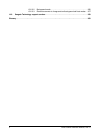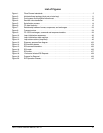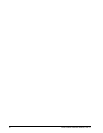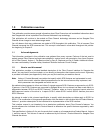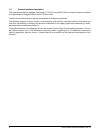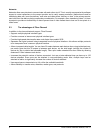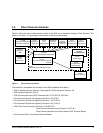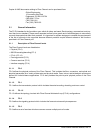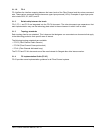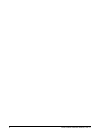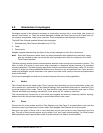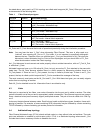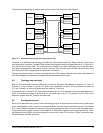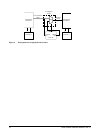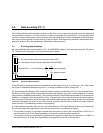
6 Fibre Channel Interface Manual, Rev. D
Copies of ANSI documents relating to Fibre Channel can be purchased from:
Global Engineering
15 Inverness Way East
Englewood, CO 80112-5704
(800) 854-7179 or
(303) 792-2181
Fax: (303) 792-2192
3.1 General information
The FC-PH standard is the foundation upon which all others are based. Each topology, command set, and pro-
tocol has its own standard. These are all separate to allow future growth and to allow designers to more easily
use only those parts that affect their products. It is important for system designers to consider the requirements
of the set of protocols to be supported because different protocols require different subsets of the functions
permitted in a Fibre Channel port.
3.1.1 Description of Fibre Channel levels
The Fibre Channel levels are listed below:
• Physical (FC-0)
• 8B/10B encoding/decoding (FC-1)
• FC-AL (FC-1.5)
• Framing protocol (FC-2)
• Common services (FC-3)
• Interface mapping (FC-4)
3.1.1.1 FC-0
FC-0 defines the physical portions of the Fibre Channel. This includes the fibre, connectors, and optical and
electrical parameters for a variety of data rates and physical media. Coax, twinax, and twisted pair versions are
defined for limited distance applications. FC-0 also provides the point-to-point physical portion of the Fibre
Channel.
3.1.1.2 FC-1
FC-1 defines the transmission protocol which includes the serial encoding, decoding, and error control.
3.1.1.3 FC-1.5
FC-1.5 defines the topology involved with Fibre Channel Arbitrated Loop (FC-AL) configurations.
3.1.1.4 FC-2
FC-2 defines the signaling protocol which includes the frame structure and byte sequences.
3.1.1.5 FC-3
FC-3 defines a set of services which are common across multiple ports of a node.



